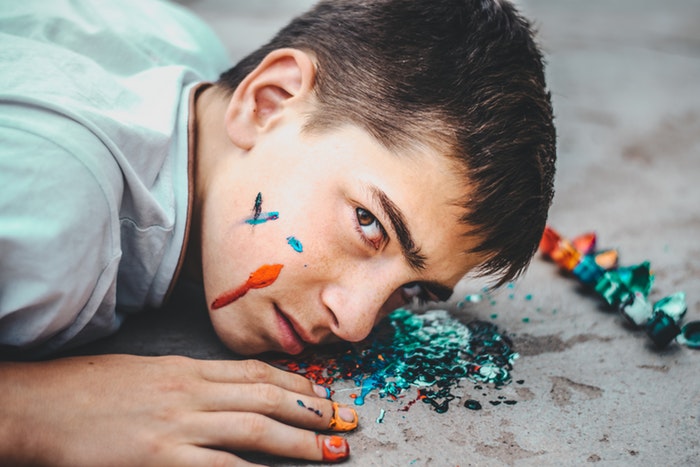Art is all about creativity and invention. You need to try different forms of art to test your skills. It is also not difficult to learn a new art form. All it requires are the right materials and the passion. You can go through photos of famous oil paintings or books which can inspire you. Break them down into elements which are most important. In order to learn the process, you would require some expert assistance. Here’s a guide to get you started.
Prepare the surface
An oil painting needs a good surface, so you can begin with raw linen which is cheap and effective. You can purchase raw linen in bulk, which would cost you less. Make sure you also buy a great adhesive that will glue the linen to wood, metal, and plastic.
Create the ground
Once you have glued the linen to the panel, you can coat it with an adhesive to further protect it. You would need to keep it safe from the acidity of the oil primer. Use a palette knife to apply it and get the desired texture in your painting.
Draw out your idea first
It is a good practice to first create a thumbnail of the idea you are planning to create. You can either work with simple line drawings or work with big shapes or do a combination of both. Outlining the painting would give you an idea on how to proceed further with your creation.
Explore your composition
Use different digital software to look at your composition. Use Photoshop to explore your options based on the thumbnail. You can also keep a reference image in mind and start to work on it on your software.
Use the right tools
The right tools and the technique of painting would largely decide how well your piece would turn out. Buy an assortment of paint brushes and a palette. Also buying different shades of paints would help you.
Block in colors
After drawing the composition directly on the canvas, you can do a quick color block in. Try to be very accurate with the colors, but put the darkest and lightest shades at the end. This will give you the freedom to see how much contrast you need.
Put the parts together
Now is the time for some real action. You need to layer the painting with oils and fill in your composition. Once everything starts coming together, your art gets its shape.
Add touches in end
Make sharp refinements to your piece and make the edges sharp for the best effect. See what changes you can make to add personal touches. You can see which places need their color intensified and which need refinement.
